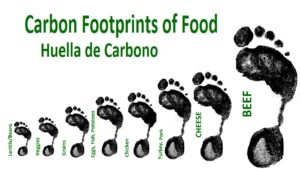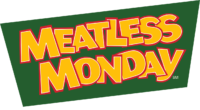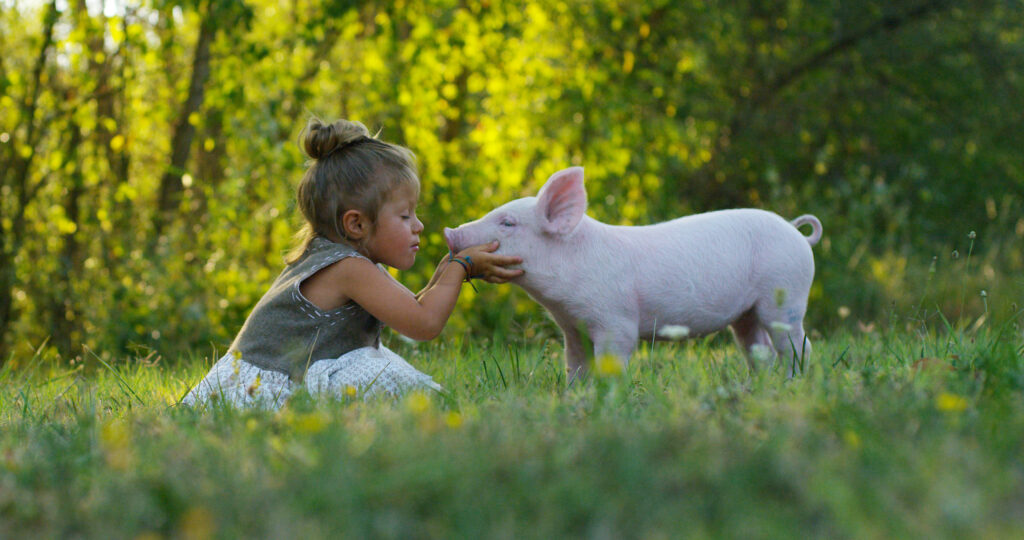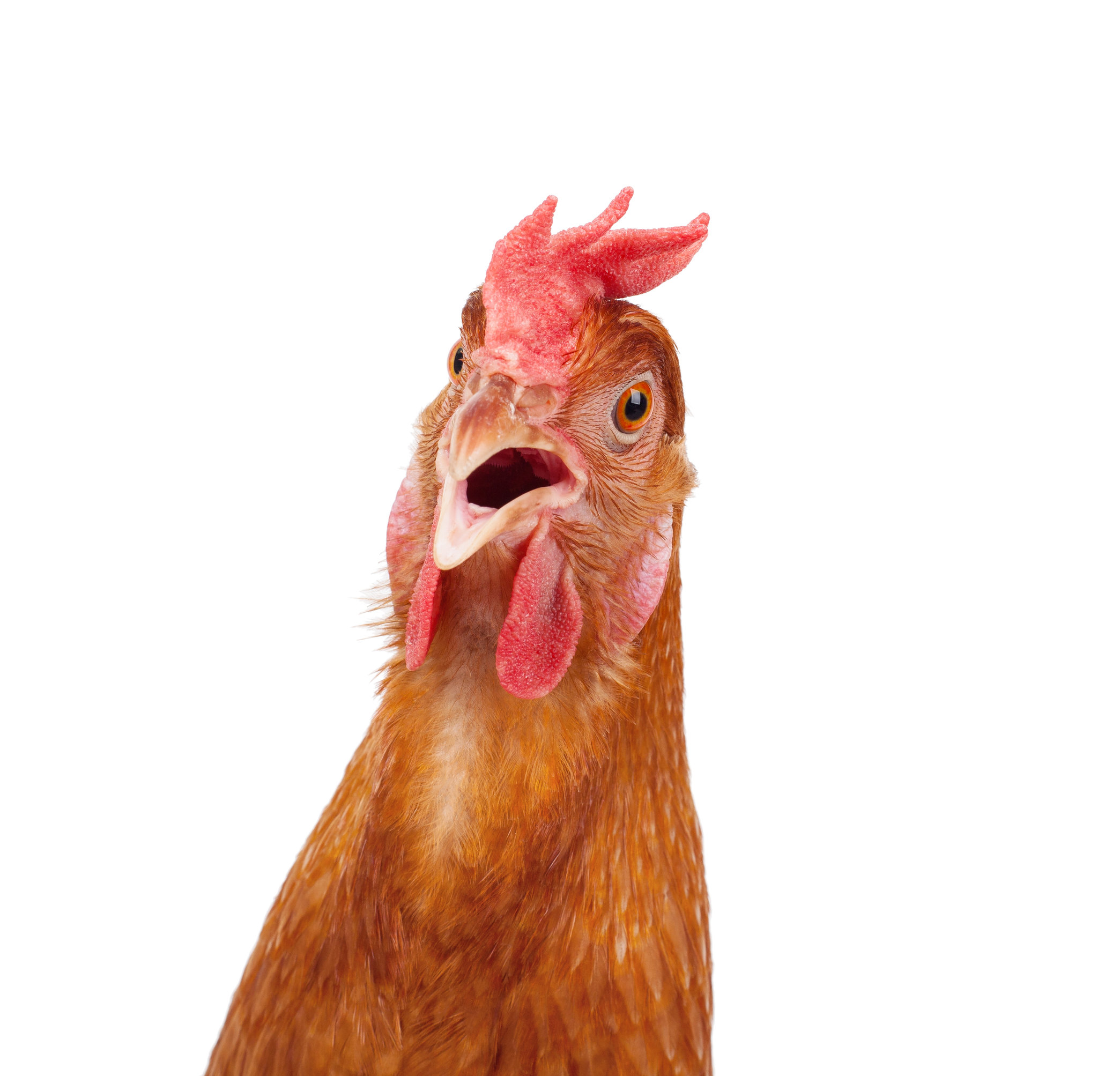Greetings, Conscientious Food Consumers! Another Earth Day/Week is behind us — so what now?
Given the state of things on our planet, there is at least one thing we all do every day that can help… one thing that each of us has some control over: what we eat. “The way we eat has a direct impact on the climate crisis,” notes the Environmental Working Group, a nonprofit advocacy organization working on human health and environmental issues since 1993.

Most of us know we should eat more veggies! It also happens to be one of the most effective ways each of us can tread the Earth with a lighter carbon footprint. Now, more than ever, it’s time for those of us who choose/prefer an animal product diet to examine the impacts of our choices — and to shift toward more sustainable ones.
Fortunately, many carnivorous Americans are willing to do just that! A recent report, “Climate Change and the American Diet,” outlines both the acceptance and the challenges Americans have around eating less red meat and more plant-based foods.
SO IT’S TIME to address this huge topic that we’ve shied away from (thus far) in Kitchen Confessions — the environmental (not to mention human health) consequences of animal-based diets. Especially when those kinds of food products get wasted! Keep scrolling that document, and you’ll see that most waste happens in the household, including 31% of seafood, 21% of meat, and 20% of dairy groceries.
To be clear: we’re not here to guilt trip anybody over their dietary choices and preferences.

CONFESSION: I’m an omnivore myself, consuming varying proportions of pork, chicken, turkey, cheese and other dairy products, eggs and seafood, as well as grains, veggies and fruits. Beef — not so much! (Although in the past I’ve certainly eaten my share of burgers.) NFLB’s Founder/Director, Jeanette Hardison, CONFESSES that her family is of the same dietary persuasion. “We also try to swap in non-GMO tofu and other meat alternatives on a regular basis,” she says.
SO WHAT’S A “CONSCIENTIOUS CARNIVORE?” It’s a non-vegan, non-vegetarian Conscientious Food Consumer who:
- Recognizes the impacts of dietary choices.
- Buys/consumes fewer animal products.
- Wastes less of what they do buy.
It starts with a concept the Earth Day Network calls a “Foodprint” — the quantification of environmental impacts of what we eat. Beef is the most resource-intensive form of animal protein, requiring 20 times more land and producing 20 times more GHG emissions per gram of edible protein than protein from plants (such as beans).
OSU Professor Bill Ripple has determined the “farm to fork” environmental cost of beef and dairy consumption to be up to 48 times that of high-protein plant sources. For chicken, pork and seafood, he found, it’s 3-10 times more.

From cultivated feed crops to every step in the supply chain and up to the animal processing stage, the industrial model of meat production requires enormous amounts of land, water, fossil fuels/energy, and labor, as well as presenting issues around animal welfare.
Curious about your own/your family’s ‘foodprint’? Take this quiz, check out the “Meat Calculator”, resources for kids and other Foodprints for the Future references. Whether your efforts toward a carbon-minimizing diet are modest or ambitious, we hope the suggestions below will be helpful!

8 Ways To Be A Conscientious Carnivore:
- Step it up — big time! — to not waste animal food products and the $$ investment they represent. * Start with Smart Storage, right after you get the groceries home. (Just don’t freeze and forget it!) * Refer to this freezer storage and food safety guide (you can even freeze eggs!) * Keep track of/use up random leftovers in an “Eat First!” area of your fridge or freezer — especially things like last weekend’s BBQ chicken, opened packages of lunch meat, half-cartons of milk or yogurt. * Use USDA’s FoodKeeper app!
- Be okay with eating less -but higher-quality- meat/poultry, seafood and dairy, like pasture-raised beef or eggs from free-range chickens. Yes, they do cost more — but if you’re buying fewer animal products, it could balance out. It’s also extra motivation for avoiding waste! Mix in a good proportion of mushrooms, vegetables or grains with your meat of choice, and you’ll stretch your budget, too.
 Plan and prepare one or more meat-free meals each week, like “Meatless Mondays” or whichever day(s). This works great for one of my faves — chili! Swap out the meat-based elements in a few of your favorite dishes with plant-based oils and alternative proteins from grains, beans, nuts, tofu, seitan, or maybe even a cultivated “meat substitute.” (We’re not talking about crickets –yet.)
Plan and prepare one or more meat-free meals each week, like “Meatless Mondays” or whichever day(s). This works great for one of my faves — chili! Swap out the meat-based elements in a few of your favorite dishes with plant-based oils and alternative proteins from grains, beans, nuts, tofu, seitan, or maybe even a cultivated “meat substitute.” (We’re not talking about crickets –yet.)- Downsize dairy consumption, and experiment with dairy alternatives. You don’t have to give up your favorite old-fashioned ice cream or half-n-half in your coffee! Just think smaller and less-frequent servings. For me, it’s pints instead of quarts of ice cream, vegan caramelized onion “cheese” spread, and using plant-based coffee creamers more often.
- Search out cookbooks and websites not centered around animal proteins or ingredients — like these simple recipes. There’s endless inspiration for tasty adventures with plant-based menus from around the world that will get you using your spice rack more often!
- Occasionally go vegan for dessert! Baked goods and treats made without eggs or dairy are popping up on frozen dessert/bakery shelves and coffee shops all over now, so it’s easy to give it a try. Vegan substitutions in recipes are also now more common, so you can experiment at home with plant-based milks and butters. Sweet!

- Involve kiddos in the planning and preparation of some meat-free/plant-based dishes and menus. There’s a wonderful variety of kid-tested vegetarian (and special-diet) recipes here and at OSU’s Food Hero.
- Be sure to use your Yard Debris/Mixed Organics cart from Republic Services to compost spoiled meat and dairy items, when all else fails! Their industrial processes convert food waste — even bones — into high-quality compost instead of landfill greenhouse gas emissions.
In the months and years to come, we’re all going to be hearing a lot more about the necessities and how-to’s of “plant-rich,” “plant-based,” and “climate-friendly” diets.
Congratulations! Whether you are a practicing Conscientious Carnivore, aspiring to become one — or not a carnivore at all — you’re making a difference. Please help by liking and sharing our blog on Facebook!



